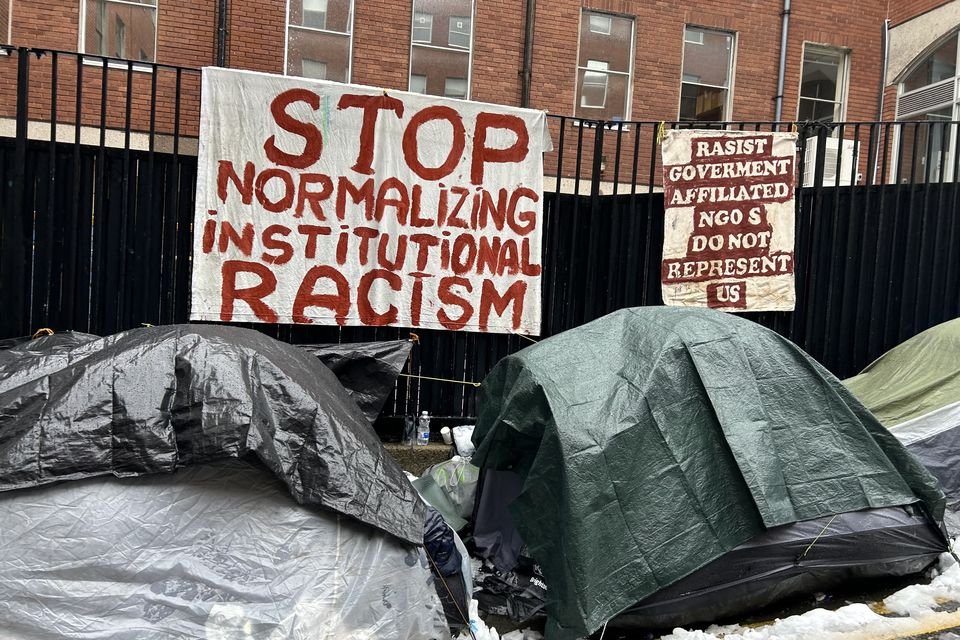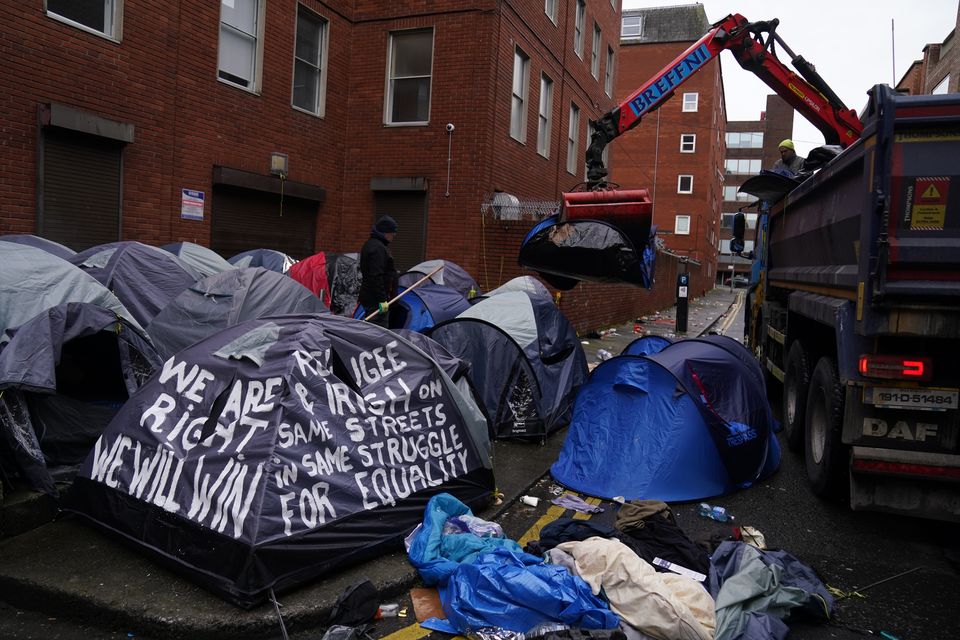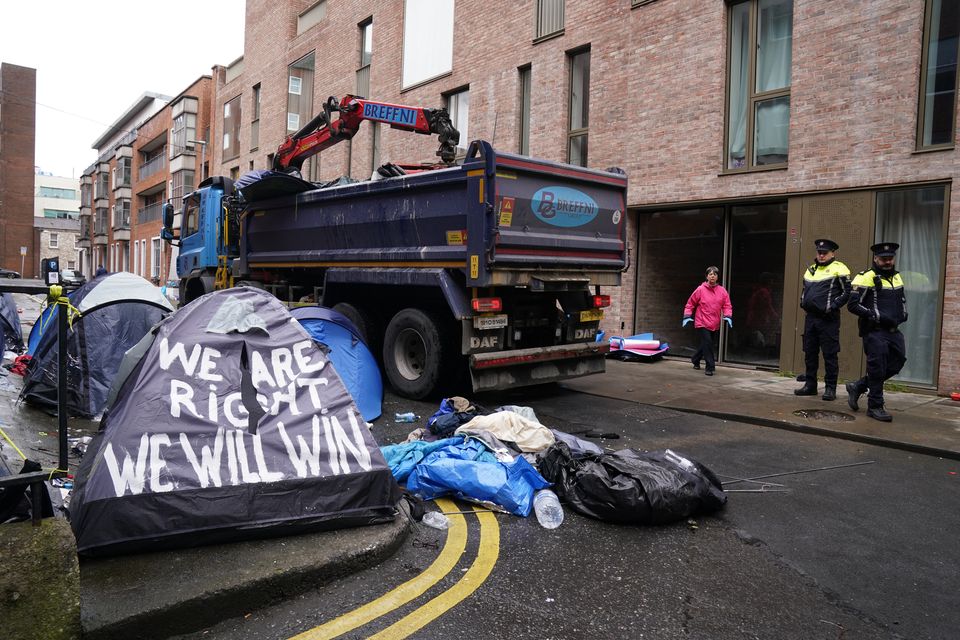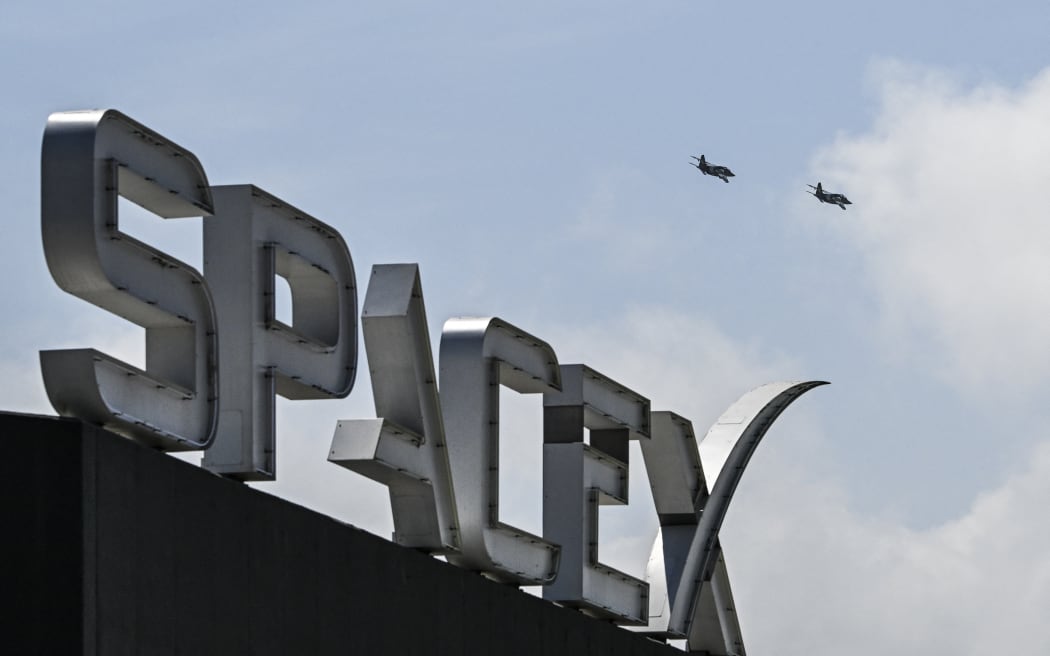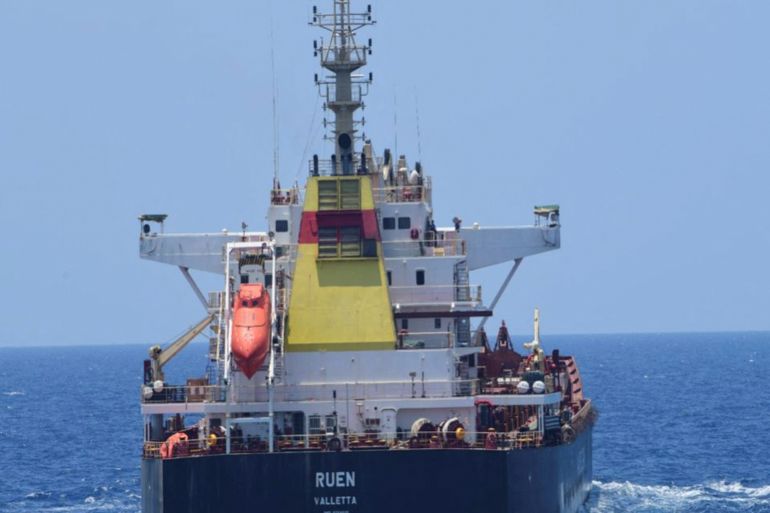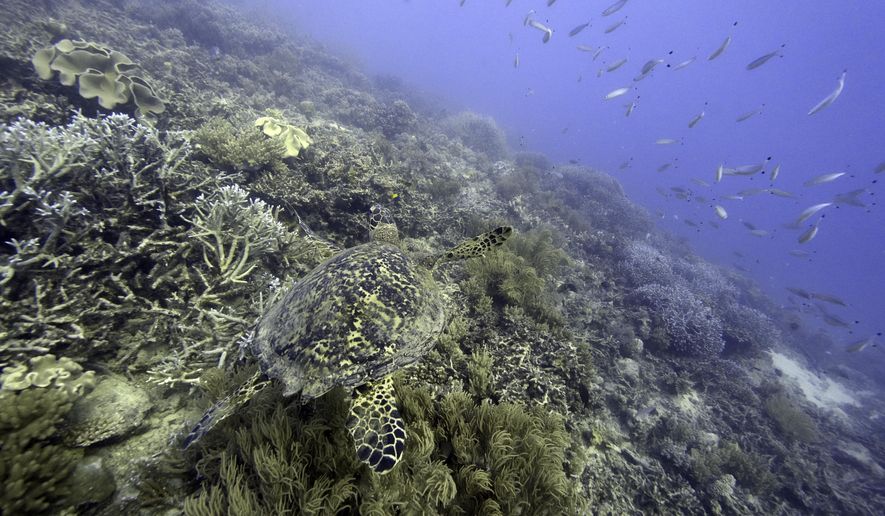Over two dozen countries in the Asia-Pacific still criminalize same-gender relationship. We need more research on how this impacts LGBTQ+ diplomats – and you can help.
By Jack Hayes
March 16, 2024

As social changes drag foreign ministries the world over into the 21st century, highly visible lesbian, gay, bisexual, transgender, and queer (LGBTQ+) diplomats have made themselves known.
In 2014, the British consul general to Hong Kong and Macao married his husband in one of the first same-gender marriages performed in the British Embassy in Beijing. New Zealand’s ambassador to South Korea introduced his husband to then-President Moon Jae-in in 2018, in the first instance of a same-gender diplomatic couple visiting the Blue House. In 2022, Australian Minister Penny Wong, the longest serving female cabinet minister and a lesbian (not necessarily in that order), began her historic appointment as foreign minister by visiting “every member of the Pacific Island Forum and every member state of ASEAN” (excluding Myanmar) sending a clear signal that a turnover in government has revitalized Australia’s foreign policy engagement with the region.
Diplomatic corps around the world could benefit by more accurately reflecting the people they represent abroad. This is an acknowledgement of reality: LGBTQ+ people exist, are working and have always worked in diplomacy, and their careers face different challenges and opportunities compared to their heterosexual colleagues. They’re here, they’re queer, they’re hosting networking drinks at the embassy – get used to it.
How exactly LGBTQ+ people experience diplomacy is the subject of my doctoral project, currently being undertaken in the Coral Bell School of Asia Pacific Affairs at the Australian National University. As data collection commences and I speak with LGBTQ+ diplomats, some experiential trends have emerged.
Historical Hostility
The open and “out” presence of LGBTQ+ diplomats has progressed significantly since the “Lavender Scare” days of the mid-20th century, a period that saw the institutionalized expulsion of gay men and lesbian women from public service. While accurate data is difficult to pin down, it is estimated between 7,000 to 10,000 U.S. federal employees were subject to mass dismissal.
Other discriminatory hiring and firing practices in foreign ministries across the world compounded these issues. For example, the Commonwealth “marriage ban” and White Australia immigration policies in Australia ensured federal institutions remained statically White and male, even as women entered the workforce en mass and culturally and linguistically diverse (CALD) immigration increased.
Reactive policies to address these disparities have had varying success, and 60 years later the publicly available data indicates a robust presence of LGBTQ+ people in public service internationally, with 8 percent of Australian public servants, 6.1 percent of British civil servants, and almost 7 percent of U.S. federal employees self-identifying as LGBTQ+ (excluding data for transgender people in the United Kingdom, which is not collected).
As institutions are reluctant to significant structural change, it remains possible (if not likely) that anachronistic policies continue to impede the careers of diverse diplomats.
“Out” Diplomats
An international posting requires a diplomat to serve as the state abroad, and that role rarely ends at 5 p.m. on a workday. From diplomatic residences to embassy functions and regional dialogues, diplomacy is also an intensely social career where bilateral relations are writ-small in the professional relationships between diplomats.
LGBTQ+ people face many considerations when entering this environment, most notably in the intersection of varied cultural understandings and legal reckonings of LGBTQ+ identity. In Asia and the Pacific, 27 legal jurisdictions criminalize same-gender sexual activity, with the death penalty a legal possibility in 12. While diplomatic immunity provides a protective legal cover for LGBTQ+ officers, it does not protect against cultural and social homophobia or transphobia. Without proper institutional support or guidance, this may place stress on relationships with local staff, complicate diplomatic social functions, delay spousal or member of household (MoH) visas, problematize the recognition of gender identity for transgender or non-binary diplomats by host states, or require diplomats to compartmentalize their romantic or sexual life for the duration of a posting.
Foreign ministries are also replete with policy gray zones: poorly articulated policies or guidelines for support of LGBTQ+ diplomats. This may lead to an embassy culture that is familiar to many readers – that of the “fiefdom” mission, with standards and best practice set by the head or deputy. In some postings, this facilitates tremendous equitable support for an LGBTQ+ diplomat. In others, ambiguous policy is used to relegate navigation of this fraught legal and social environment entirely to the diplomat, increasing the likelihood of career burn-out and blunting the mission’s diplomatic efficacy.
Time to Be Heard
While the stories of heads of mission marrying on post, or the success of Australia’s first openly gay foreign minister, may be illustrative of the strides made by some LGBTQ+ diplomats, they also do not describe the experiences of many early or mid-career diplomats with much less weight to throw around in the department. For many such diplomats, their sexual or gender identity remains something to be managed or undisclosed.
It is also important to acknowledge that the concept of coming “out” once and then living “out” is culturally fraught. As Catherine Connell has argued, binary reckonings of sexuality, as either “closeted” or “out,” fix sexuality as “static and inflexible…put[ing] undue pressure on those who can’t afford the risks of sexuality disclosure.”
The same states that penalize same-gender attraction have LGBTQ+ people present in all sectors of their society, simply because legal restrictions will never stop LGBTQ+ people from being born. Social and cultural discrimination will, however, negatively impact the wellbeing and livelihood of LGBTQ+ people, some of whom are working diplomats representing state interests abroad.
The experiences of LGBTQ+ diplomats are the subject of my doctoral dissertation. This is a critically under-researched space, and the contribution of LGBTQ+ diplomats will provide the much-needed qualitative data to chart an accurate map of diplomacy in the 21st century. Experiences that are positive, negative, or simply interesting – I’m listening.
If your story could contribute to this research, please consider filling out this survey or scheduling an interview – your information is confidential, anonymized, and entirely voluntary.
GUEST AUTHOR
Jack Hayes is a Ph.D. candidate in the Department of International Relations in the Coral Bell School of Asia Pacific Affairs at the Australian National University. He is currently researching the experiences of lesbian, gay, bisexual, same-gender attracted, queer, transgender, or non-binary people working in international diplomacy.

